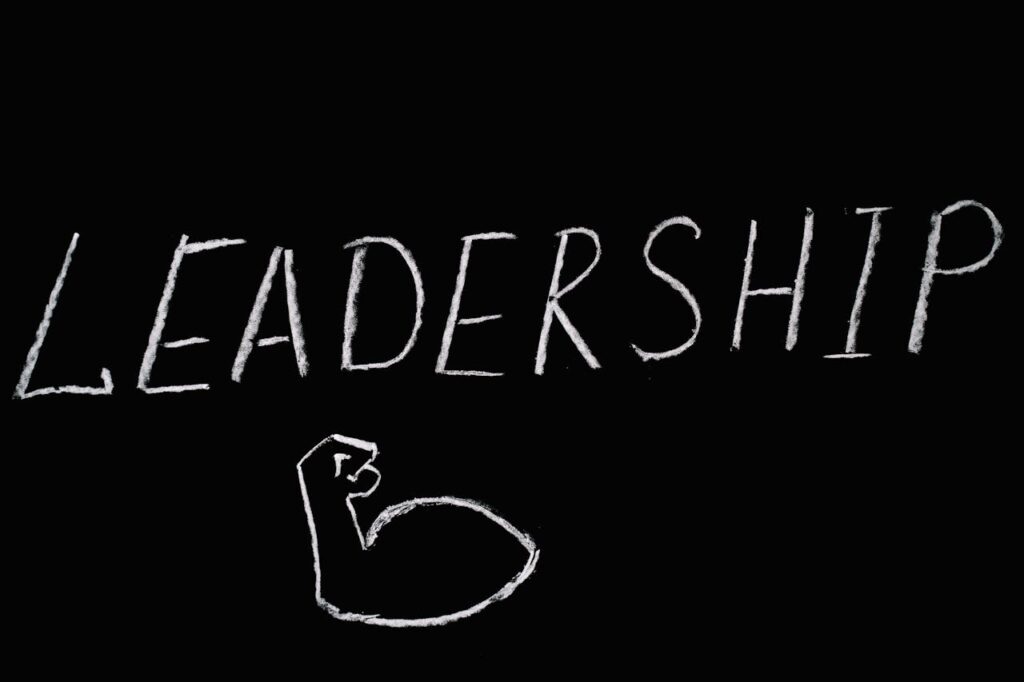Table of Contents
Although management and leadership are often used interchangeably, they are quite different and have unique characteristics. Anyone hoping to succeed in either function within a company must understand the difference between the two. This article delves deeply into the essential differences between management and leadership, illuminating the roles, duties, and effects of each.
While they share certain similarities, such as influencing people and driving towards goals, they differ significantly in their approaches.
Read Also: 10 Important Qualities of an Entrepreneur
Knowing this can help you decide on the best strategy or approach to use for your business, or even combine the two where appropriate in order to seamlessly boost productivity.
Defining Leadership and Management
Leadership | Management |
Influencing and Motivating Individuals | Influence Individual’s Work based on Established policies, procedures, and practices of the organisation |
Guiding others to realise their potential and contribute to organisational objectives | Planning, building, directing and controlling work towards the established policies, procedures, and practices of the organisation |
Fosters innovation and encourages creativity. | More concerned with coordination and organisation. |
Cultivates a Culture of Trust and Collaboration | Focuses on Efficiency and Streamlining Operations |
Focuses on Potential Change |
Let’s discuss the nitty-gritty:
Let’s Dive Into the 5 Differences
Focus and Scope
Leadership is largely concerned with setting direction, coordinating resources, and motivating change. It focuses on long-term vision, strategy development, and adaptability to changing conditions.
Management is primarily concerned with operational details, daily chores, and the flawless execution of procedures. It entails managing activities, allocating resources, and ensuring internal organisational stability.
Read More: 5 Unique Ways Reading Improves Your Career
Approach to Change
Leadership recognises change as a chance for growth and creativity. Leaders promote transformation, encourage taking risks, and promote corporate evolution.
Management values stability and consistency, choosing incremental changes over abrupt shifts. Managers are responsible for reducing disruptions, optimising procedures, and guaranteeing operational continuity.
Relationship with Followers

Leadership recognises change as a chance for growth and creativity. Leaders promote transformation, encourage taking risks, and promote corporate evolution.
Management values stability and consistency, choosing incremental changes over abrupt shifts. Managers are responsible for reducing disruptions, optimising procedures, and guaranteeing operational continuity.
Approach to Risk.
Leadership promotes calculated risk-taking in pursuit of lofty goals and groundbreaking ideas. Leaders are willing to challenge the status quo, try out new ideas, and embrace ambiguity.
Management often reduces risk by sticking to established protocols, reducing deviations, and emphasising stability and predictability. Managers are responsible for assessing risks, planning contingencies, and maintaining regulatory compliance.
Response to Challenges
Leadership thrives in times of hardship, inspiring perseverance and motivating others to overcome obstacles. Leaders see setbacks as learning opportunities and are confident in their abilities to overcome uncertainty.
Management takes a practical approach to difficulties, emphasising problem-solving, conflict resolution, and operational efficiency. Managers prioritise finding realistic solutions and reducing disruptions to workflow.
Read Also: Doing Business is Not About Making Money. Don’t be Fooled!
FAQs (Frequently Asked Questions)
1. Can a person be both a leader and a manager?
Yes, individuals can exhibit qualities of both leadership and management, depending on the context and requirements of the situation.
2. What role does emotional intelligence play in leadership and management?
Emotional intelligence is crucial for both leaders and managers as it facilitates effective communication, relationship-building, and conflict resolution.
3. How can individuals develop their leadership and management skills?
Continuous learning, seeking feedback, mentorship, and real-world experience are essential for honing leadership and management capabilities.
4. What are the risks associated with ineffective leadership and management?
Ineffective leadership and management can lead to decreased morale, diminished productivity, organisational dysfunction, and ultimately, failure to achieve strategic objectives.
In a nutshell while leadership and management have common goals of attaining organisational success, they differ greatly in their techniques, focuses, and impacts. By identifying and leveraging these distinctions, individuals can boost their effectiveness in directing and managing teams towards greatness.
Sharing is caring!



